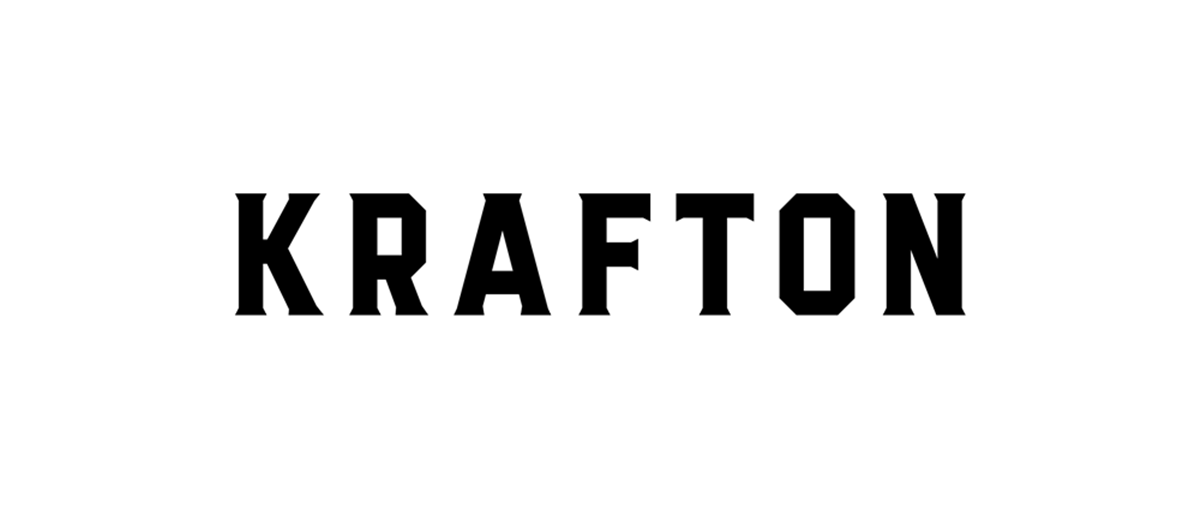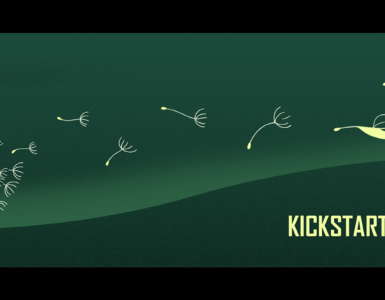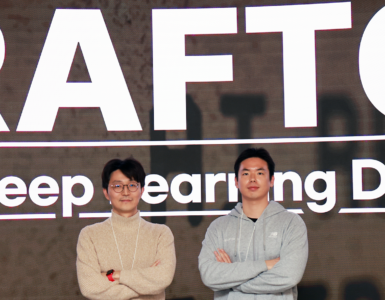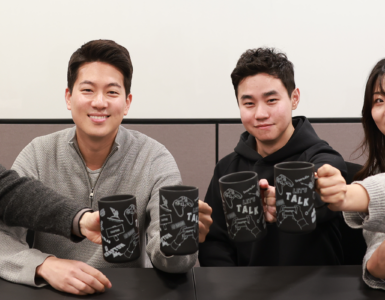An interview with The Callisto Protocol Design Director Ben Walker
Inspired by the thrill of playing Resident Evil when he was young, Ben Walker has been making games for more than two decades. Now as the design director of The Callisto Protocol at Striking Distance Studios, Ben is working on the game’s monster behaviors and combat system. Keep reading to find his tips for making it out of Black Iron Prison alive in this new sci-fi survival horror game.

Hello! Could you introduce yourself for our readers?
Hi! I’m Ben Walker, the design director on The Callisto Protocol (TCP). As the design director I’m working on both system and level design.
I watch over the design and all the gameplay aspects. I work with the leads on the system side and the level side together to accomplish all our goals. On TCP, specifically, I started out by building the combat system as well as a lot of enemies, and then took on levels and started integrating all those systems into the levels themselves.
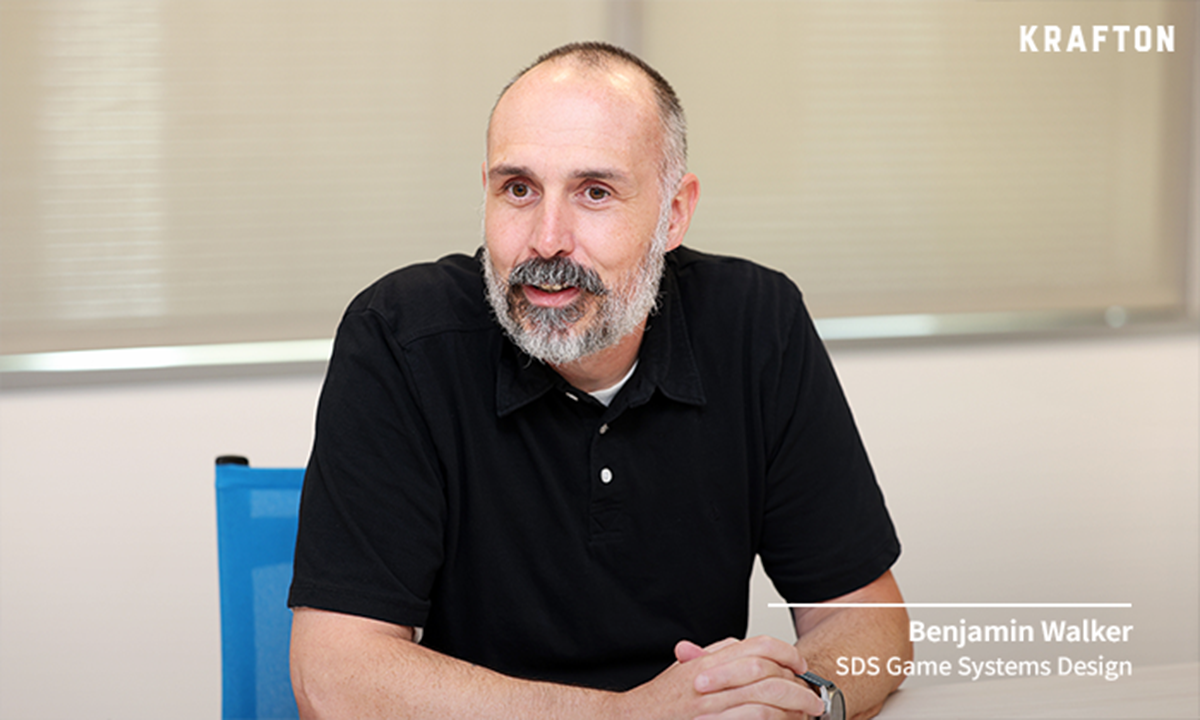
Do you mean you’re behind the creation of all the monsters?
I worked on the mechanics of the monsters by partnering with animators and engineers to create their behaviors and their attacks, health, damage you do to them, weapons, the GRP mechanic, melee system and how that’s all going to work from start to finish. So, anything that you feel on the sticks I had some hand in working with the rest of the teams. Our amazing creatures and characters team designed the way they look, though.
Let’s talk a bit about your career. How would you start as a game developer back in the day?
In 1998, I got a job at a video game company called Crystal Dynamics in test, which is more widely known nowadays as quality assurance, or QA. At that time, everybody in the studio would play Quake or Counter Strike in lunchtime and I was building Quake maps of my own at home. I was tricking other developers into playing my maps. (Laughs) And some people who heard about me offered me my first design job. That was Glen Schofield and Steve Papoutsis.
So, how did you join SDS?
Steve called me up and said that he and Glen were starting up a new studio. And they told me a little bit about this project. So, I did the job interview because I knew them, trusted, and respected them. It was more than happy to be a part of this project.
Let’s move on to the making of TCP. How did the concept “horror engineering” resonate with you when you first heard about that?
It’s a great approach and a great way to think about building a horror game. As I told you, I worked with Steve and Glen in the past. At that time, we worked through something like this before, but the concept of horror engineering is a more refined version of this approach.
In terms of our approach to combat, for instance, adding melee into a horror game as one of its core mechanics, it enables you to get really close to the enemies and see all the gore hit in the strikes. Plus, being that close to enemies means so there’s certain risk and reward.
And we went through all our mechanics from shooting, melee and then to the GRP, with that kind of mindset. Any time we add something to the game we think about how it adds to the horror and how we get people in uncomfortable situations where they feel they’ll barely survive.
And on top of that, one of our goals for combat that we set out early on was a struggle. We wanted this whole game to feel like Jacob’s struggle for his life. So, that was one of the core pieces of the engineering that we kept coming back to. That’s our pillar and it seemed to have worked very well.

What were the points that you specifically focused on making TCP as the design director?
On the combat side, it’s the struggle thing that I just talked about. Being up close, being horrific, being in danger and barely surviving. And that was our anchor.
On the level side it’s mood, tension, and pacing. You must have enough action beats and a sense of rhythm to where players start to expect something to happen and then nothing happens. And that makes people a lot more nervous than actually doing something to them. So, going through the levels, figuring out when to do the right combat beats or when to have the right noise in the background is a big part of that. Because people start clinching the controllers when they know nothing’s happened in too long, so they think something’s going to happen, they just don’t know when. So, we call that terror, right?
There’re two sides of horror. In one side, there is gore, blood, and everything and that’s horror. Terror is the other side where you know something’s going to happen, you just don’t know when. So, it makes you really nervous. And my approach to going through pace and levels was to hit those at the right points, so that the players got enough of it. You can’t do too much of it because it starts to become draining, overly draining. And it’s finding that right amount and that right balance.
“Being up close, being horrific, being in danger and barely surviving.
And that was our anchor.”
How do you know the right timing and right pacing? Is it based on the guts?
It is definitely a gut feel type of thing. Every scenario is different. There’s no standard formula for horror. And things organically come through as the levels start to evolve. Otherwise, it would become too predictable. You have to trust your instincts with horror because it involves so many elements, like atmosphere, tension, and brutality. You need to have faith with the calls you make.
There must have been a lot of discussion and maybe lots of disagreements before you finally catch the right moment, right timing.
Yes. There was a lot of discussion. I worked very closely with animation and engineering to work through all the issues. But that was always a lot of fun. That is one of my favorite parts of making games, the prototyping phase. You start off the plan, here’s our top-level goals and then once you really get in there, you start seeing what’s going to work and what’s not and then start working with the other groups. And they’re bringing new ideas and different solutions. It’s always my favorite part.
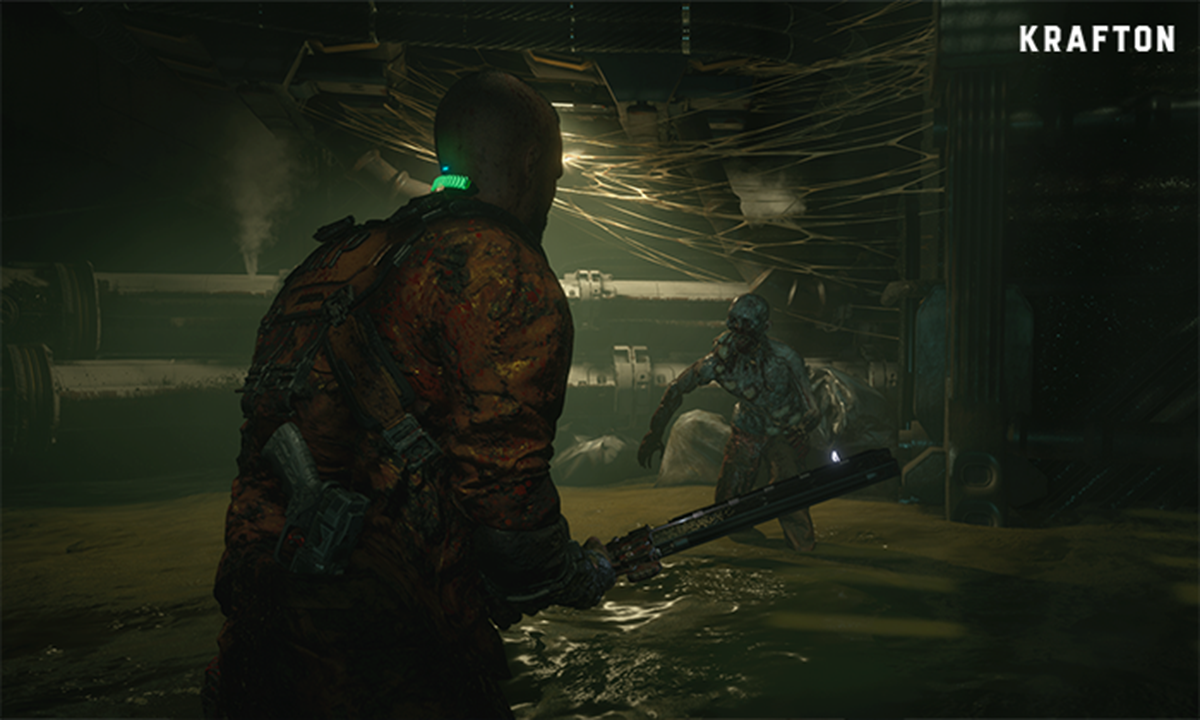
What do you think makes this game stand out the most compared to other games in the genre?
I think it’s the way we blended the melee combat with the ranged combat. One of our early goals was to be 50 percent of melee, and 50 percent of ranged. A part of that was to serve the survival side of the game that we wanted, like the players don’t have a ton of bullets.
And then melee is getting up close and personal, putting yourself at risk. A lot of players naturally will shoot an enemy until it gets too close and then they’ll start melee combat. Every gamer would do that. We needed to find a way to have that happen in reverse. That was a big part of us finding our formula in combat.

Was there any horror game in the past you’ve played that fascinated you to want to make scary game contents?
Obviously Resident Evil. The very first one. A lot of people say this, and it’s known as one of the best moments in horror games when the dog crashes through the window, right? I actually jumped. And from that moment on I never had that kind of reaction from a video game. And so as soon as I played that I felt how special that was. I still remember the layout of the mansion where the first zombie was hiding in the corner, all these years later.
Another one would be Resident Evil 4 because that redefined horror games in general. Silent Hill held great tension, atmosphere, mood, and everything. But, when Resident Evil 4 came along, it opened things up a little bit more.
Now that the launch of TCP is just around the corner, what was the most memorable moment for you and for your teammates during the development?
Oh, that’s a big one. There’s been a lot of key moments along the way. But I think for me personally it was finding that rhythm and flow of our combat, defining that and getting the right balance between melee and ranged combats, making it work in tighter spaces because we wanted a tight claustrophobic game. Having that come together was a big, high moment for me.
Also, watching the team around me succeed is always the most satisfying moment. Setting out and having a group of people whether it’s a smaller task force team or the team at large. But, seeing everybody comes together and seeing the smile on people’s face when it does that’s absolutely my favorite.
“It was finding that rhythm and flow of our combat,
defining that and getting the right balance between melee and ranged combats,
making it work in tighter spaces because we wanted a tight claustrophobic game.
Having that come together was a big, high moment for me.”
Between the GRP gun and the stun baton, which are obviously the two most known weapons for Jacob Lee in TCP so far, which did you prefer to use?
It’s the way you use them together… that is where a lot of the fun comes in. You know obviously the melee side is really satisfying but you need them both. So, it’s how you use both.
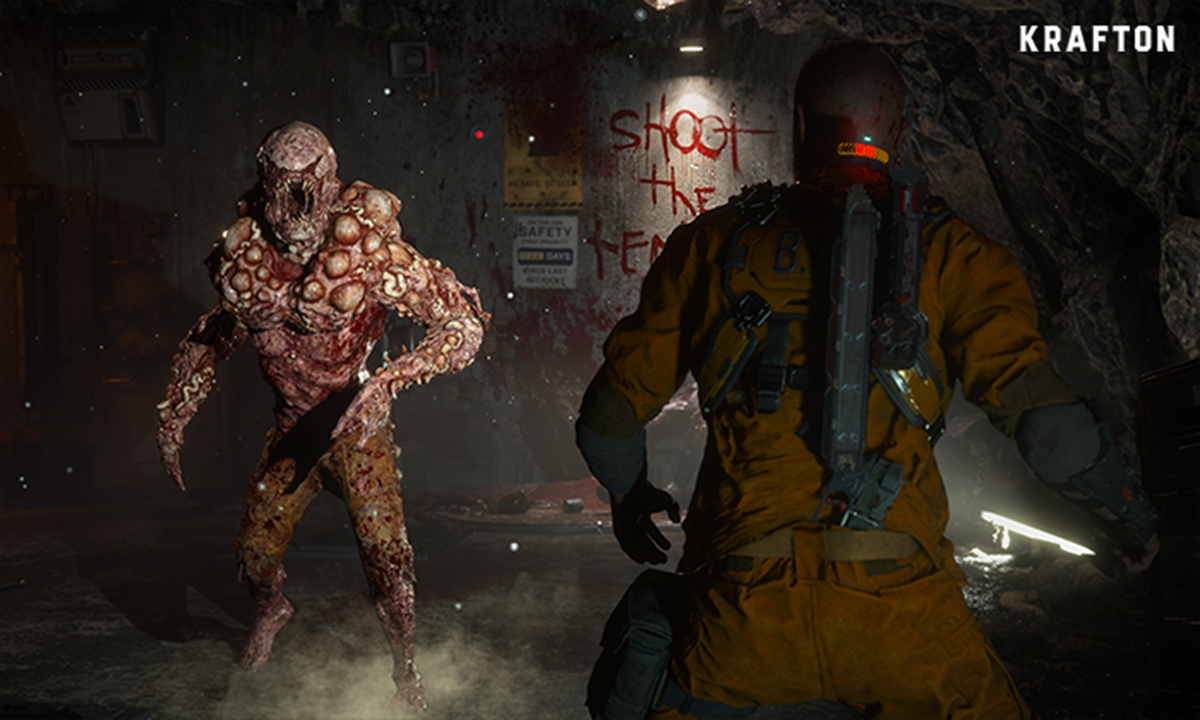
Any tips for the players to help them survival?
Shoot the tentacles. (Laughs) It’s one of the strategies in The Callisto Protocol. When you damage one of our biophages enough, they will have tentacles that pop out of their chest. If you shoot them, you can take them down quickly. But if you don’t shoot them in time, they will start to mutate and they become harder. The game becomes much harder when that happens. That’s why I said that shoot the tentacles because that should be your number one priority while playing the game. If you see the tentacles, shoot them.
One more tip here is that it’s the center of the chest that you should aim for. This means you don’t have to hit the individual tentacle. So technically speaking, shoot the center chest, not the tips.
Lastly, do you have anything to say to the fans?
I hope the fans enjoy the game. I hope it scares them. And I hope we get some jump scares and I hope we get people wincing away from the screen a little bit. I hope that’s what they’re looking for and I hope they get it while playing the game.
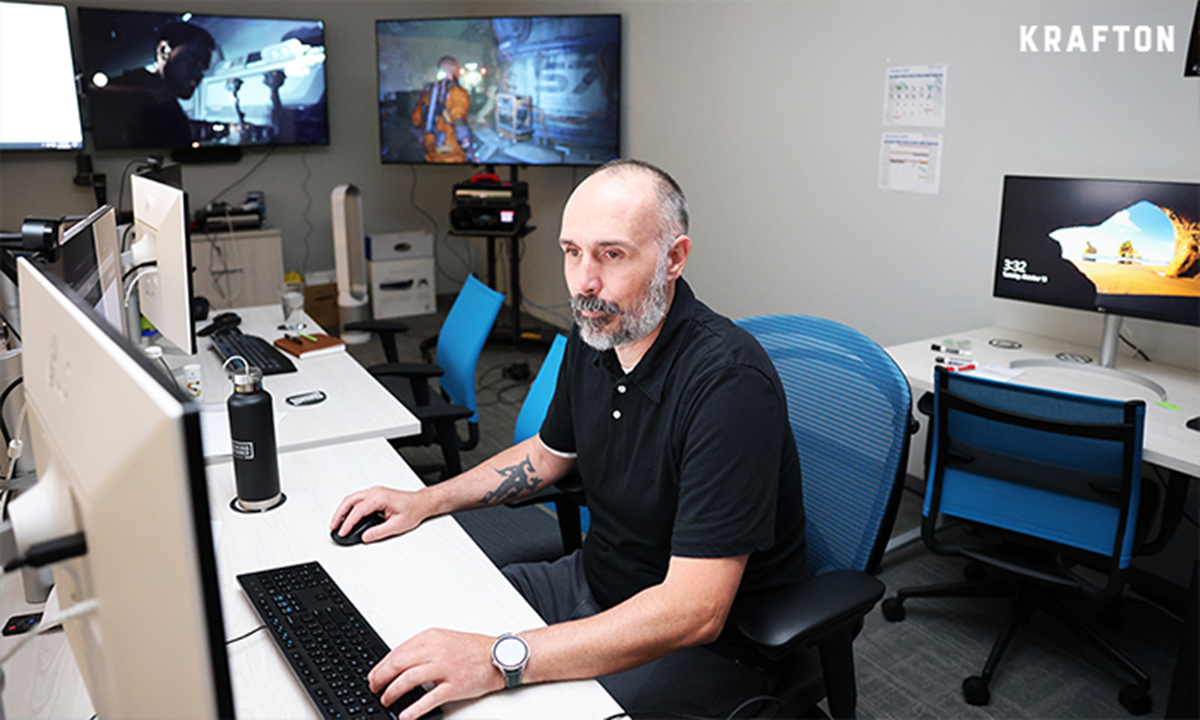
Read more about
The Callisto Protocol and Striking Distance Studios
at KRAFTON Blog
